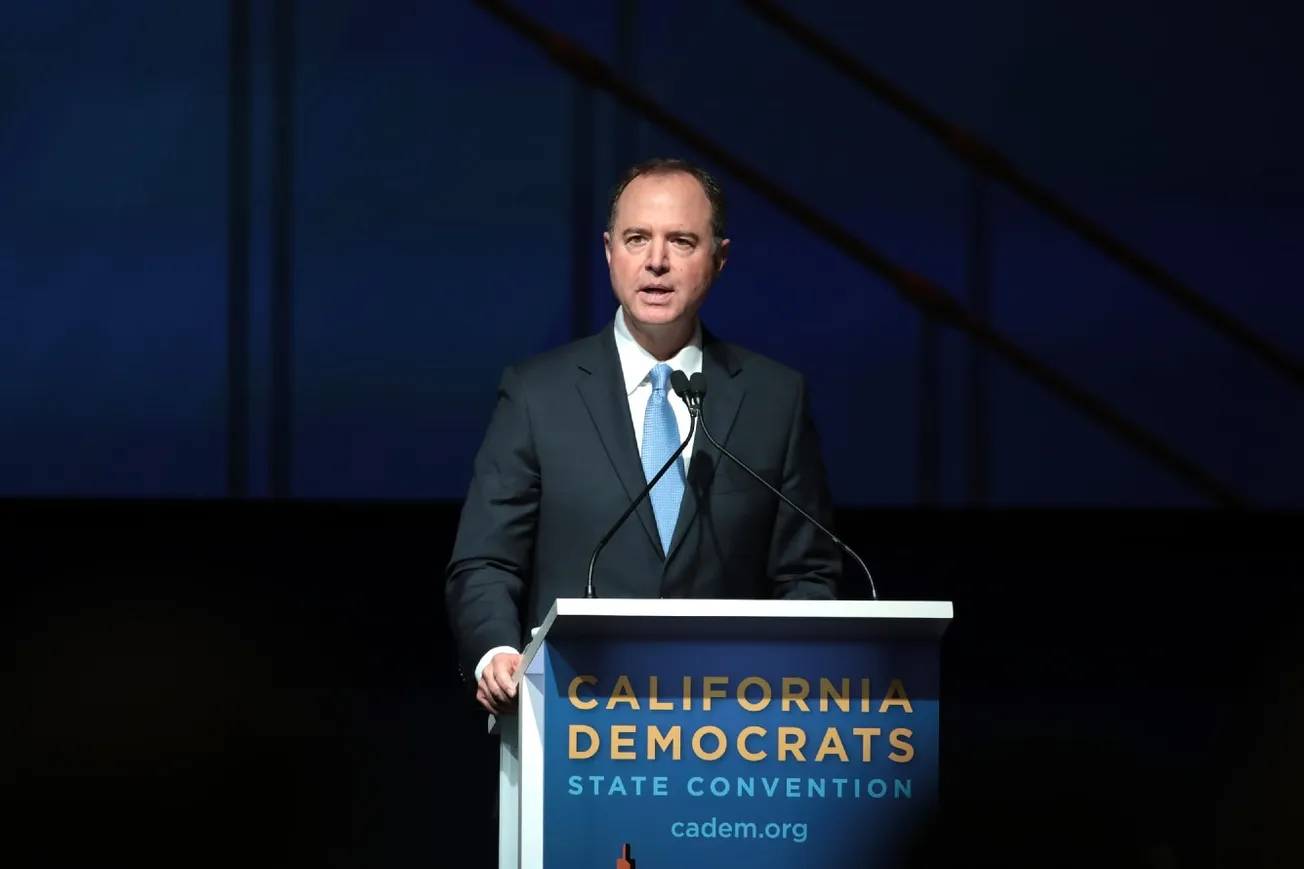The race between President Joe Biden and former President Donald Trump remains tight, with Biden holding an ever-so-slight edge over Trump in a head-to-head election. But that changes when you add independent and third-party challengers into the mix, April’s I&I/TIPP Poll shows.
I&I/TIPP asks two question each month about the upcoming presidential tussle. One asks whom voters prefer in a two-candidate contest in 2024: Biden, or Trump? The only other options are “other” and “not sure.”
It’s close, but on this question Biden has a tiny lead over Trump in the straight-up vote, the latest national online I&I/TIPP Poll of 1,265 registered voters shows. The poll, taken from April 3 to April 5, has a margin of error of +/-2.8 percentage points.
If no other candidates appear on the ballot, the results show Biden 43%, Trump 40%. With the margin of error, it’s basically a dead heat. Significantly, however, 9% responded “other,” while 9% answered “not sure,” for 18% of the total vote.

But the fact is, Trump and Biden are not opposing against one another in a vacuum. I&I/TIPP asks a second question about voters’ presidential preferences, this one adding in the three major third-party and independent challengers who are also running: Independent author, activist and lawyer Robert F. Kennedy, Jr., independent former Harvard University professor Cornell R. West, and Green Party standard-bearer Jill Stein.
When those others are added, the numbers change, Biden takes a hit. With the non-Democratic, non-GOP challengers running, Biden and Trump are dead even at 38% each, with Kennedy taking 11%, West 2%, and Stein 1%. “Other” in this case falls to just 2%, while “not sure” remains at 9%.

Clearly, with their small levels of support, neither West nor Stein pose a major challenge to either Biden or Trump. Kennedy is a different matter.
The I&I/TIPP data suggest, once again, that Biden is hurt more than Trump by the presence of the non-major-party challengers, but especially Kennedy. Biden loses five percentage points of the vote, versus just two percentage points for Trump, with Kennedy in the race.
This is not surprising, given that RFK Jr. is on most issues a traditional progressive leftist, which makes him indistinguishable from the current leadership of the Democratic Party.
But the politically unorthodox Kennedy has attracted some centrist and even conservative applause for questioning the prosecution fairness of the Jan. 6 rioters, criticizing Biden’s open-border policy, attacking U.S. COVID vaccine policy, speaking in favor of gun rights, and supporting an end to transgender participation in women’s sports.
Still, with all that, he takes fewer votes from Trump, and more from Biden. The reason? Independents.
If the choice is just between Trump and Biden, with no third-party or independent challengers, Trump gets just 6% of the Democratic vote, 84% of the Republican vote, and 33% from the independents. Biden gets 84% of the Democratic vote, 6% of the GOP, and 35% of independents.
So Biden has a small two percentage-point lead among independents when facing only Trump.
But when the same question is asked after including Kennedy and the other third-party or independent candidates, Trump reverses Biden’s edge with independents, taking 31% of the indie vote, compared to Biden’s 29%.
To sum up, third-party and independent candidates cost Biden six percentage points of his overall independent vote support, compared to a loss of just two percentage points for Trump.
At the margins, this will have an impact on the election. Independents, overall, give 26% of their ballots to independent and third-party challengers, compared to Republicans, who give just 5% of their vote to the others. But 12% of Democrats say they’ll vote for someone other than Biden or Trump, a serious weak spot.
The big questions about Kennedy and the third-party threat to Biden and Trump revolve around logistical issues. Namely, as of April, Kennedy has enough signatures to get on the ballots of just six states: Hawaii, Nevada, Utah, Idaho, North Carolina and New Hampshire.
Half of those states were won by Trump in 2020, the other half by Biden. But whether Kennedy and the other candidates can get on the national ballot remains to be seen. It won’t be enough to have a ballot presence in just a few states.
The other point is that, with a few notable exceptions, third-party or independent candidacies tend not to be very successful. Groups such as the Green Party or, more recently, the now-defunct No Labels Party, rarely get much support on Election Day.
That in fact was why No Labels, which portrayed itself as a kind of “unity” party between centrist Democrats and Republicans, last week announced it was giving up its campaign to challenge Trump and Biden. Polls showed the party lacked enough support to have a real impact, despite some financial backing.
Steven Hayward of the Power Line website drolly summarized the biggest problem the so-called No Labels Party had in igniting support from either side of the political spectrum:
“Just what was the No Labels ticket going to stand for? Was there ever a single idea that No Labels stood for? Would they save you any money, or even your dignity for voting for an all-mush ticket? About the only thing they’d have going for them is that whoever they picked, they/them wouldn’t be Trump or Biden. Feel the excitement.”
The one time a third-party candidacy really cost an election was in 1992, when President George H.W. Bush ran against Democrat Bill Clinton. Tech billionaire H. Ross Perot ran as a fiscal conservative, spending millions of his own money to spread his message. It worked: He won 19% of the vote, costing Bush (37% of the vote) the election, and handing Clinton the prize with just 43% of the overall vote.
No one has the kind of clout Perot had in 1992, but Kennedy comes close. And to the extent he has an impact, as of now it looks like it will be hardest on Biden, not Trump.
One other potent problem for Biden is the apparent defection of minority voters, an essential part of the Democrats’ governing coalition. A recent Rasmussen Survey showed Trump with a shocking double-digit lead over Biden among likely Hispanic voters, but also gaining ground with both African Americans and Asians.
I&I/TIPP’s own poll shows Trump currently with 29% of the Hispanic vote, a tad higher than his 2016 support but below the surprising 38% he won in 2020. The poll also shows Trump winning 21% of the black vote, a substantial gain from 2020’s 8%.
Will Biden hold enough of his core Democratic support, in particular independent and minority voters, to beat Trump? Right now, for the Biden Democrats, the trends don’t look good.
I&I/TIPP publishes timely, unique, and informative data each month on topics of public interest. TIPP’s reputation for polling excellence comes from being the most accurate pollster for the past five presidential elections.
Terry Jones is an editor of Issues & Insights. His four decades of journalism experience include serving as national issues editor, economics editor, and editorial page editor for Investor’s Business Daily.
Want to dig deeper? Download crosstabs from our store for a small fee!
Our performance in 2020 for accuracy as rated by Washington Post:










